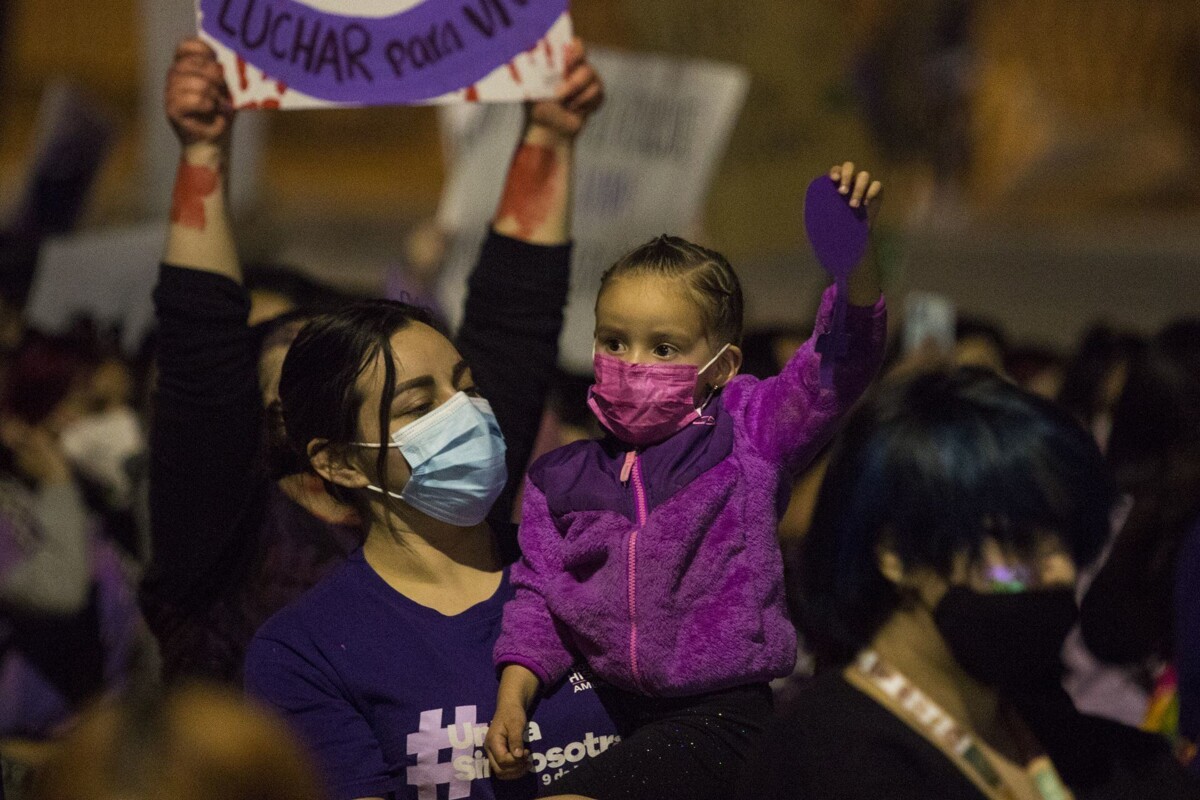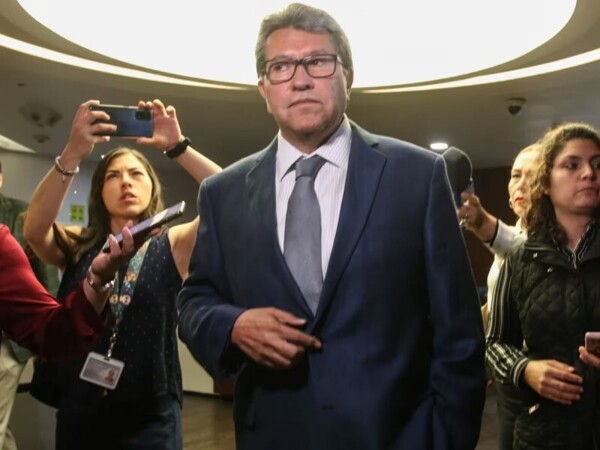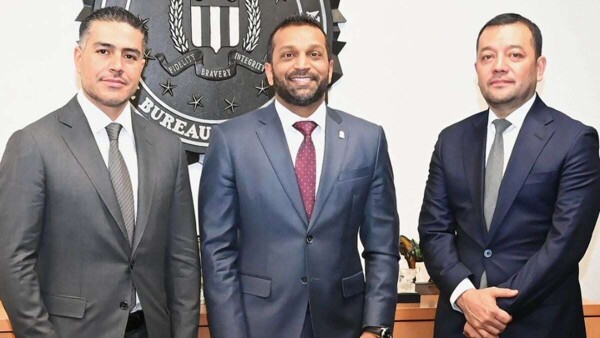
Sustainable Development Goal number 5 focuses on achieving gender equality and empowering all women and girls. Among the proposed targets are ending all forms of discrimination, eliminating violence in all areas, recognizing unpaid domestic work, ensuring female participation and leadership in public life, and guaranteeing access to sexual and reproductive health.
The gender gap within the framework of SDG 5 refers to the existing inequalities between men and women in areas such as education, employment, health, and political representation. Despite current efforts, the gender gap remains wide and requires time to be fully closed.
Regarding the economic situation in Mexico, recent figures indicate that in most households, the man is considered the head of the family. Additionally, labor statistics show that occupations with a higher female presence are related to commerce and sales, with a clear disparity compared to other work areas.
Data from the National Institute of Statistics and Geography (INEGI) reveal that a large proportion of women in Mexico have suffered violence in various contexts, reflecting the urgency of addressing this issue. Although there have been advances, such as increased investment by women in health and prevention, significant challenges still persist on the path toward gender equality.
Considering that International Women's Day on March 8 is approaching, it is a timely moment to reflect on the importance of advancing in the implementation of SDG 5. Recognizing achievements, identifying areas for improvement, and promoting effective practices are key steps to achieve gender equality in all aspects of society.
It is essential to work towards gender equality not only because it is fair but also because it is a smart strategy for creating more equitable and resilient communities. Despite the existing challenges, the goal of empowering women and girls remains a priority on the global agenda.
In summary, the path to gender equality is a constant process that requires collaboration from all sectors of society. Although current figures reflect a significant gap, commitment and coordinated action can lead to a more equal and just future for women and men worldwide.














